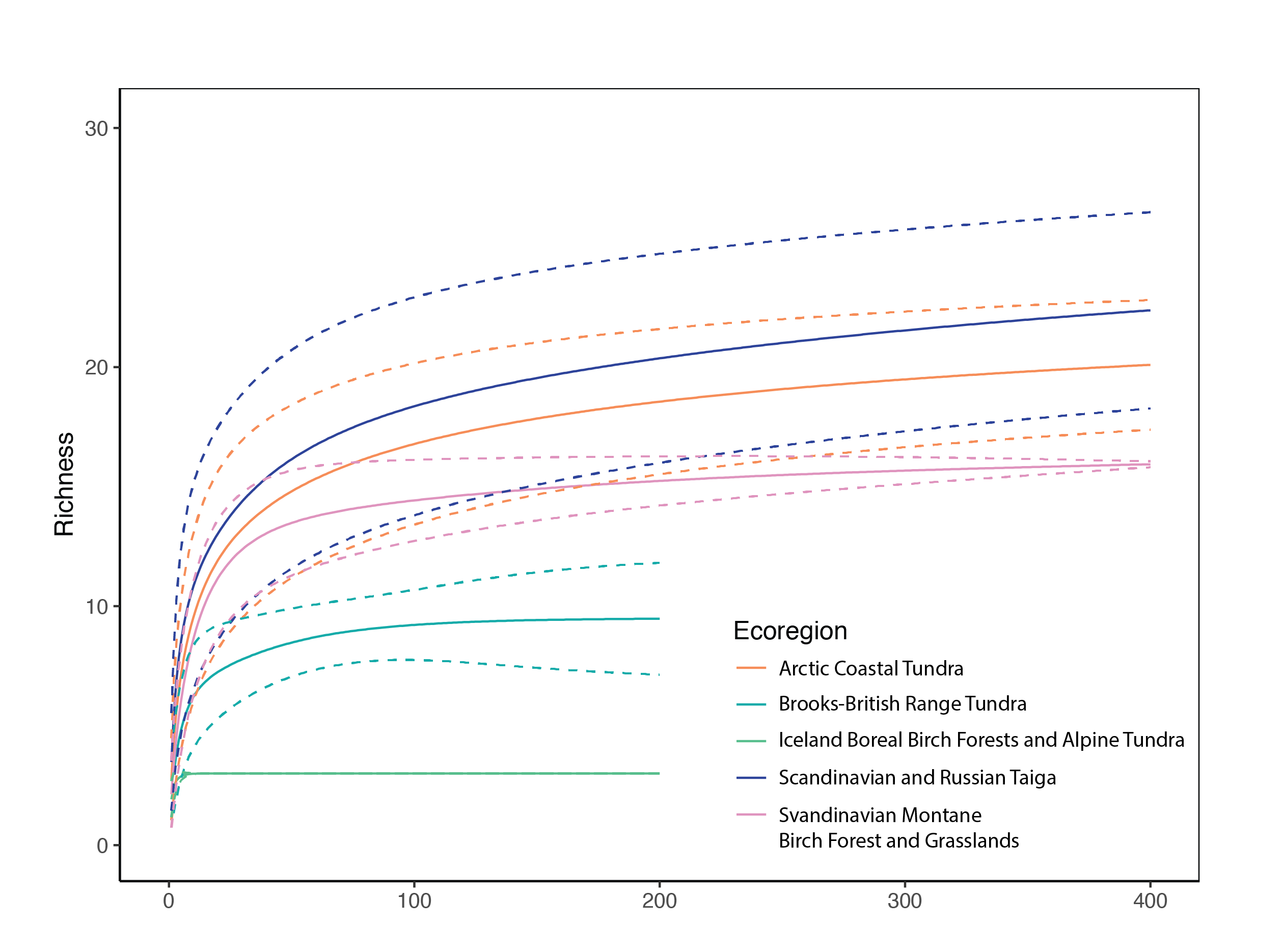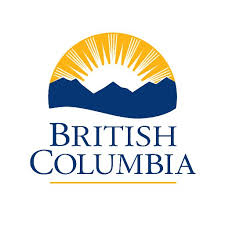fish
Type of resources
Available actions
Topics
Keywords
Contact for the resource
Provided by
Formats
Representation types
Update frequencies
status
Scale
-

Provides richness estimates and 95% confidence bounds for five ecoregions. State of the Arctic Freshwater Biodiversity Report - Chapter 4 - Page 77 - Figure 4-38
-

This spatial layer displays stream inventory sample sites that have had full or partial surveys, and contains measurements or indicator information of the data collected at each survey site on each date.
-

Fish stocking records from Nova Scotia fish hatcheries. Includes trout and salmon stocking, size, number, location, stock and growth stage. Records contain both fall and spring distributions.
-

[Fish ON-Line](https://www.ontario.ca/page/how-use-fish-line) is a mobile fishing tool with information on where to fish in Ontario. It includes information for over 20,000 waterbodies including: * fish species observations * fish stocking * fishing regulations and sanctuaries * fishing access points * lake depth contours * licence issuer locations It also has links to other sources of information such as: * broad-scale monitoring program * provincial parks * Guide to Eating Ontario Fish * local weather forecasts Related datasets: * [Aquatic Resource Areas - Polygons](https://data.ontario.ca/dataset/aquatic-resource-area-polygon-segment) * [Aquatic Resource Areas - Lines](https://data.ontario.ca/dataset/aquatic-resource-area-line-segment) * [Bathymetry Lines](https://data.ontario.ca/dataset/bathymetry-lines) * [Fishing Regulation Exemptions](https://data.ontario.ca/dataset/recreational-fishing-regulations-data) * [Fish Stocking](https://data.ontario.ca/dataset/fish-stocking) * [Fishing Access Points](https://data.ontario.ca/dataset/fishing-access-points) * [Fisheries Management Zones](https://data.ontario.ca/dataset/fisheries-management-zone) * [Geographic Names](https://data.ontario.ca/dataset/named-geographic-features) * [Guide to Eating Ontario Fish](https://data.ontario.ca/dataset/guide-to-eating-ontario-fish-advisory-database) * [Licence Issuer Locations](https://data.ontario.ca/dataset/hunting-and-fishing-licence-issuers) * [Ontario waterbody location identifer](https://data.ontario.ca/dataset/ontario-waterbody-location-identifier)
-

A list of all smallmouth bass and chain pickerel tournaments permitted under the Competitive Fishing Policy
-

Site locations of aquatic invasive species occurrences throughout the province. The aquatic invasive species include species of amphibians, fishes, invertebrates, plants, alga and turtles. This spatial dataset was compiled from a number of data sources including The Invasive Plant Council of BC; the Beaty Biodiversity Museum; the Royal BC Museum; the Fisheries Information Summary System; E-Flora BC; Electronic Atlas of Plants of BC; and from private data compilations(spreadsheets) and personal consultation with BC Ministry of Environment staff and other local experts, peer-reviewed articles and other unpublished technical reports. Full Citations are included
-

A list of all trout derbies permitted under the Competitive Fishing Policy
-

List of freshwater fish species recorded from survey data throughout Nova Scotia.
-

This dataset consists of the seventy-three (73) provincial limits of inland fisheries. It was generated from descriptions in Schedule II of the Federal Fisheries Act and from various Service New Brunswick databases.
-

Formerly known as the Nova Scotia Sportfish Registry, this dataset is a list of the current record holders for several popular Nova Scotia sportfish. There are both youth and adult, catch and release and catch and keep and smallmouth bass tournament categories.
 Arctic SDI catalogue
Arctic SDI catalogue